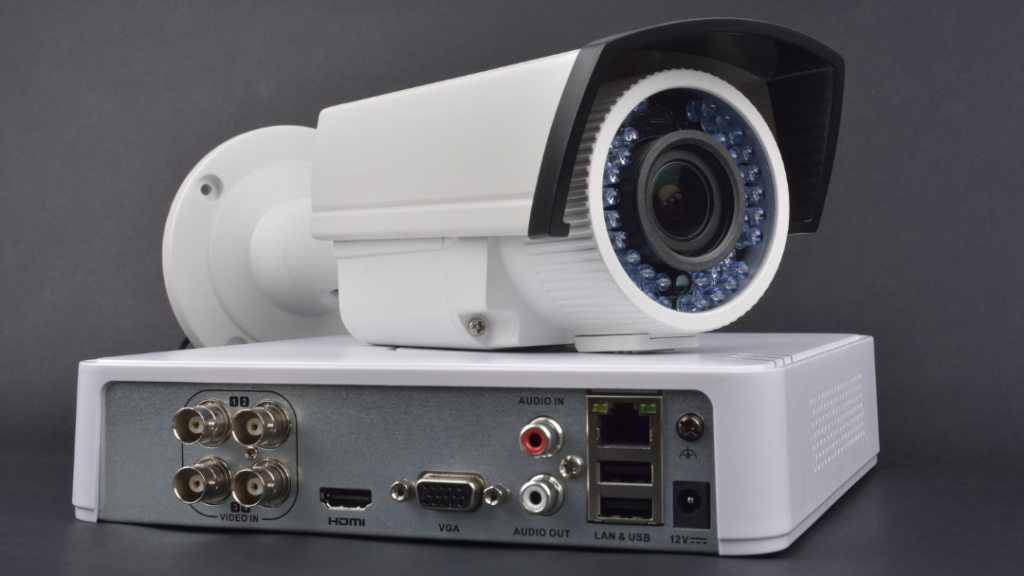The COVID-19 pandemic has emphasized the significance of safety and security in K-12 educational facilities, as school staff is now required to consider both conventional security measures as well as continuously evolving health protocols. Three crucial areas of concern include perimeter security, emergency communication, and active shooter systems.
Perimeter Security Solutions
For over a decade, the focus has been on limiting who has access to the campus, where access is allowed from, and at what times. Perimeter security systems like cameras and door access control have been a staple of the education sector, and this trend continues. Before COVID-19, school campuses were open and accessible while students were on site.
These cameras and video management software also provide the means for real-time monitoring and post-incident investigation. These tools play a vital role in maintaining situational awareness on campus.
Focus on Safety & Security Enhanced by COVID-19
The COVID-19 outbreak has put an extra emphasis on the security and safety of K-12 schools, requiring faculty to manage both traditional security issues and changing health protocols. Key trends include: perimeter security, emergency communications, and active shooter systems.
Perimeter Security Technology
In recent years, schools have increasingly restricted access to their facilities, using technologies such as cameras and door access systems. These measures aim to control who can enter, where they can enter from, and when they can enter. In the past, schools were more accessible when students were present on campus, but now security cameras and video management software provide real-time monitoring and post-incident investigation tools.
Emergency Communication & Real-Time Awareness
In the event of an emergency on campus, it is crucial to have real-time awareness and effective communication. Schools have used funds from the CARES Act and other grants to upgrade their outdated systems. Fast and accurate information is crucial for first responders, and modern technology can make a big difference in life-and-death situations. School administrators and officers can now access and share live video, lock down facilities, and even do so from their mobile devices.
Active Shooter Systems
Protecting children in schools is a top priority, and detecting active shooters remains a significant concern. Technology continues to advance in this area, and schools can enhance their safety by using existing cameras and video management systems with new active shooter systems.
There are two main types of active shooter systems: acoustic detection and visual detection.
Acoustic detection systems
Acoustic detection systems only trigger an alert after a shot has been fired, while visual detection systems aim to proactively detect a dangerous situation. Some systems are part of a camera analytics package, while others are standalone with more intensive hardware.
Video-based shooter detection systems
Video-based shooter detection systems can alert in advance of a shot being fired, by detecting individuals carrying firearms in the facility. With recent AI-based products, events are monitored centrally to increase accuracy.
Final Thoughts
As the commercial sector moves towards a return to normalcy, K-12 schools are also transitioning back to in-person learning. These technologies can greatly benefit schools, and we’re seeing a growing adoption across the education sector.”
Last Updated on June 8, 2023 by Josh Mahan




